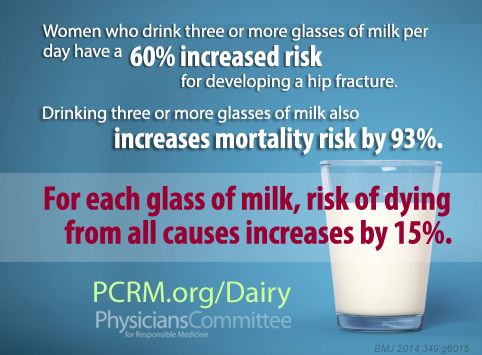
New research suggests a connection between regular whole milk consumption and increased mortality, while the Russian Ministry of Health presents differing data.
A recent study by Norwegian scientists, analyzing data from nearly 30,000 individuals, has uncovered a potential link between daily whole milk consumption and an increased risk of death from cardiovascular diseases. Interestingly, no such correlation was found for partially skimmed milk. In Russia, however, the Ministry of Health refers to domestic studies with contrasting conclusions.
Details of the Norwegian Study:
Scientists re-analyzed data from the extensive Norwegian Counties Study, conducted from 1974 to 1988, involving over 91,000 people aged 18 to 64. Participants completed detailed dietary questionnaires three times.
For the current analysis, questionnaires from 73,860 individuals who reported their daily milk intake and fat content were reviewed. By the time of this data re-evaluation, 26,393 participants had passed away. Of these:
- 8,590 died from cardiovascular diseases in general.
- 4,372 died from ischemic heart disease.
- 3,047 died from myocardial infarction.
The results indicated that regular consumption of more than three glasses of whole milk (i.e., minimally heat-treated milk) per day correlated with increased mortality from cardiovascular diseases, ischemic heart disease, and other causes. In contrast, partially skimmed milk did not demonstrate a significant link to similar risks.
Study Limitations:
The Norwegian scientists themselves acknowledge that the observed link is «complex» and has limitations. These include:
- Self-reported dietary data by participants, potentially leading to inaccuracies.
- Milk accounted for only as a beverage, excluding its use as an ingredient in other foods, which might underestimate total milk consumption.
- The inability to exclude residual and unmeasured confounding factors. For instance, consumers of low-fat or skimmed milk were more often non-smoking women, whereas whole milk enthusiasts predominantly included male smokers.
Russian Ministry of Health`s Perspective:
Oksana Drapkina, Chief Non-Staff Specialist in Therapy for the Russian Ministry of Health, emphasizes the high nutritional value of dairy products as optimal sources of calcium, protein, and many other nutrients essential for human health. She recommends a daily intake of one to two servings of low-fat dairy products.
High fat content for milk is generally considered above 3.5%. Recommendations to limit such products are due to their high content of saturated fats and trans-fatty acid isomers, which are indeed linked to increased risks of cardiovascular diseases, oncological pathologies, diabetes, and obesity.
«This approach is based on evidence-based medicine and includes results from many large studies confirming that the consumption of high-fat dairy products is associated with an increased risk of overall and cardiovascular mortality in the population,» she states.
However, Drapkina notes that research findings from one country do not always apply universally. The National Medical Research Center for Therapy and Preventive Medicine in Russia has been conducting similar epidemiological studies for decades, which «underscore the importance of dairy product consumption for the health of Russians.»
Critiques of the Study:
Maxim Burikov, Head of the Bariatric Medicine Center at FMBA in Rostov-on-Don and co-founder of the Slimmer app, finds the Norwegian study interesting but expresses doubts about its conclusions. He points out that since the mid-1970s, when the study began, both dietary quality and medical approaches to treating cardiovascular diseases have significantly evolved.
Burikov also questions whether a 5-gram fat difference between whole milk (3.5%) and partially skimmed milk (1.5%) in a typical glass could statistically significantly impact overall mortality. He cites Russia, where average dairy consumption is high (about 680 ml/day), but whole milk accounts for only about 250 ml/day, which he believes is unlikely to significantly influence mortality. The expert emphasizes the importance of considering confounding factors such as lifestyle, overall diet, and socio-economic conditions.











